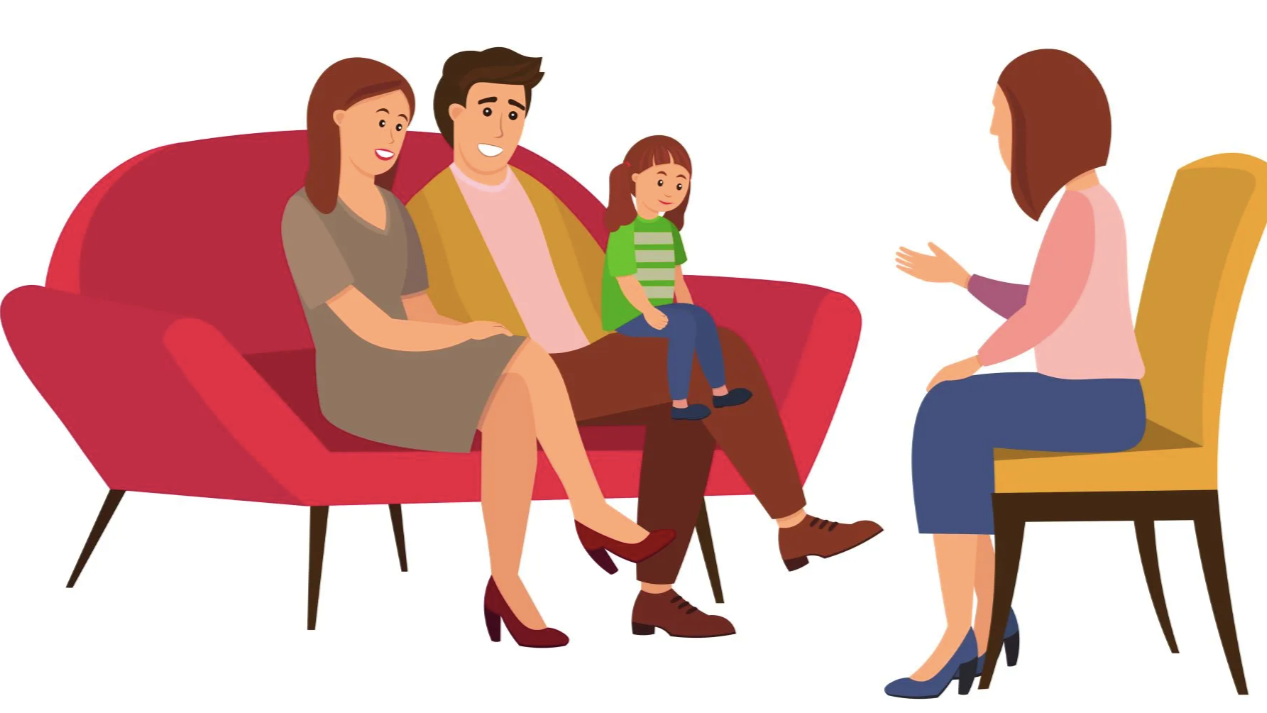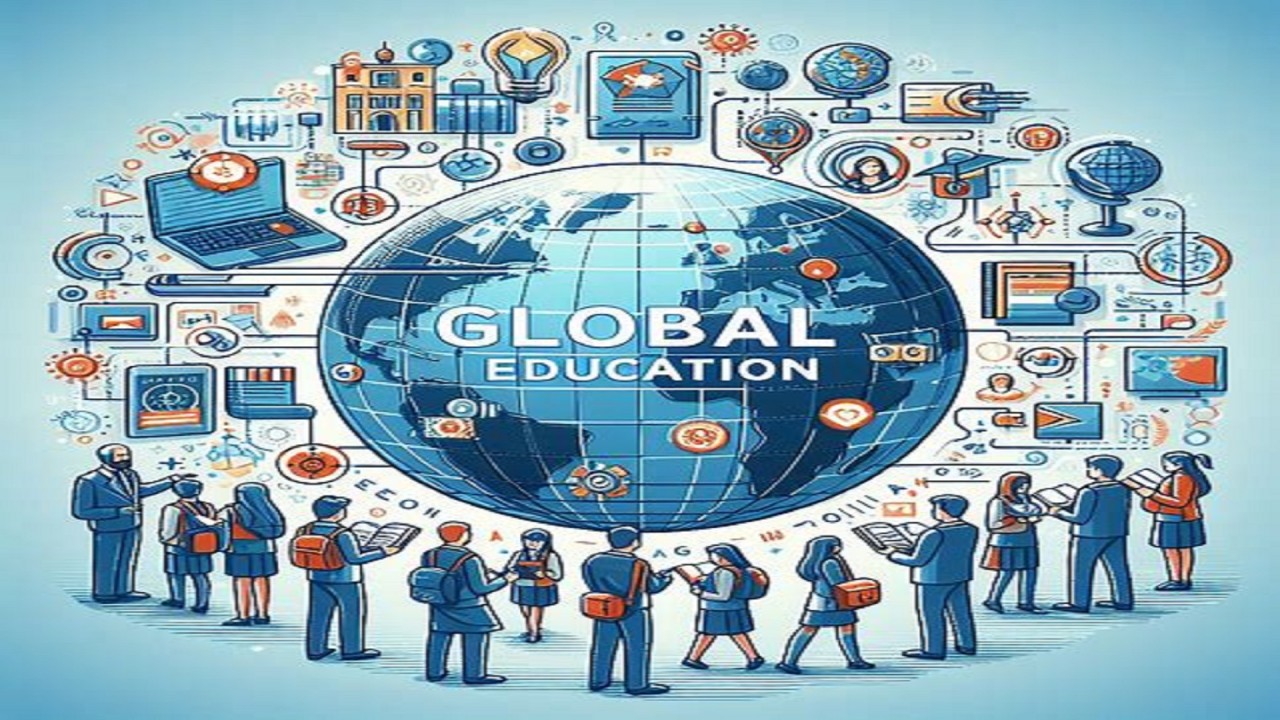
The blackboard has evolved — now it’s a
touchscreen. The classroom? Often a living room. In today’s world, education is
no longer bound by physical walls or limited to static textbooks. Digitization
has revolutionized how knowledge is delivered, accessed, and absorbed — and the
impact is nothing short of transformative.
Platforms like virtual classrooms, AI-powered
tutoring, and adaptive learning tools are empowering students and educators
alike. Students can learn at their own pace, revisit difficult topics through
recorded lessons, and receive instant feedback — something traditional settings
couldn’t offer with such speed or personalization.
Instructors are also benefiting immensely.
Digital tools help them track student progress in real-time, automate
assessments, and access a wealth of multimedia content to make classes more
interactive. With advanced Learning Management Systems (LMS), teachers can now
blend synchronous and asynchronous learning methods — offering flexibility
without compromising effectiveness.
Moreover, digitization is creating equitable
access. Rural or underserved areas, once isolated from quality education, are
now connected to the best tutors and content across the globe. A child in a
Tier 3 town can attend the same masterclass as a student in a metro — the
digital divide is shrinking.
It’s not just academic subjects that are
thriving. Creative arts, vocational training, and even life skills are finding
a place in the digital space, making holistic education a reality.
While challenges like screen fatigue and
infrastructure gaps remain, the direction is clear — digitization is not a
backup plan anymore. It is the future of learning, redefining not just how we
teach, but how we think about education itself.

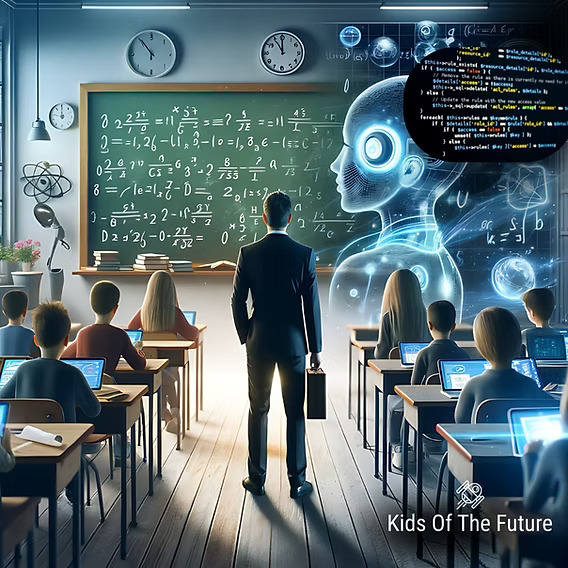

.jpeg)



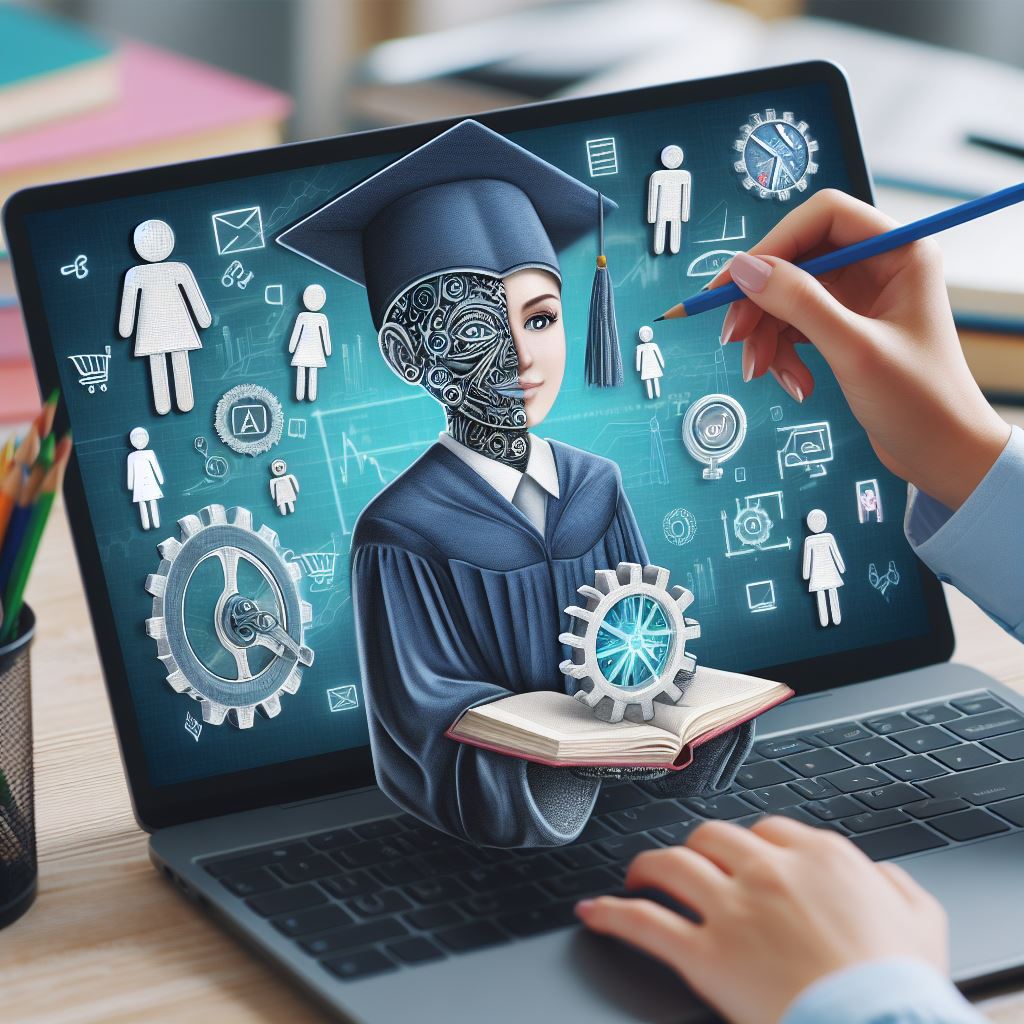
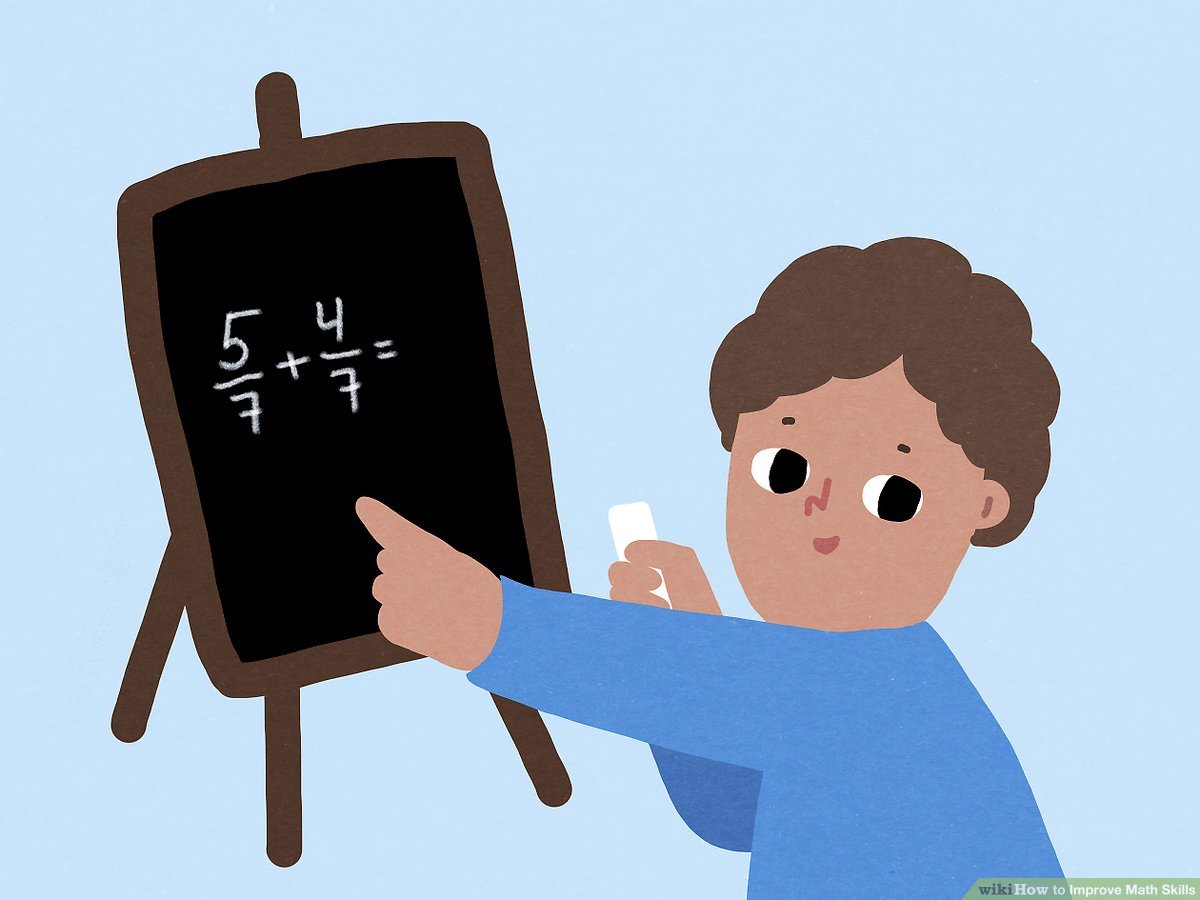
.jpg)


